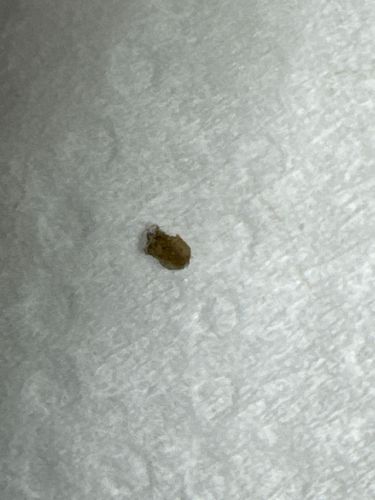Bed Bug (Nymph)
Scientific Name: Cimex lectularius
Order & Family: Hemiptera (True Bugs), Cimicidae
Size: Nymphs can range from 1 mm (newly hatched) to 4.5 mm (last instar nymph) before becoming adults. Adults are typically 4-5 mm long.

Natural Habitat
Primarily indoor environments where humans or animals sleep or rest, such as beds, mattresses, bed frames, furniture, cracks in walls, and luggage. They are common in homes, hotels, dormitories, and other shared living spaces.
Diet & Feeding
Exclusively blood (hematophagous). They feed on the blood of humans and other warm-blooded animals.
Behavior Patterns
They are nocturnal and typically hide in cracks and crevices during the day. Bed bugs are very resilient and can survive for several months without a blood meal. They are attracted to warmth and carbon dioxide emitted by hosts. Females can lay hundreds of eggs over their lifetime.
Risks & Benefits
Risks: Bed bugs are considered pests. Their bites can cause itchy welts, skin irritation, and allergic reactions in some individuals. While they are not known to transmit diseases, heavy infestations can lead to anxiety, sleep deprivation, and secondary skin infections from scratching. Benefits: There are no known direct benefits of bed bugs to humans or the ecosystem; they are primarily a parasitic nuisance.
Identified on: 8/26/2025